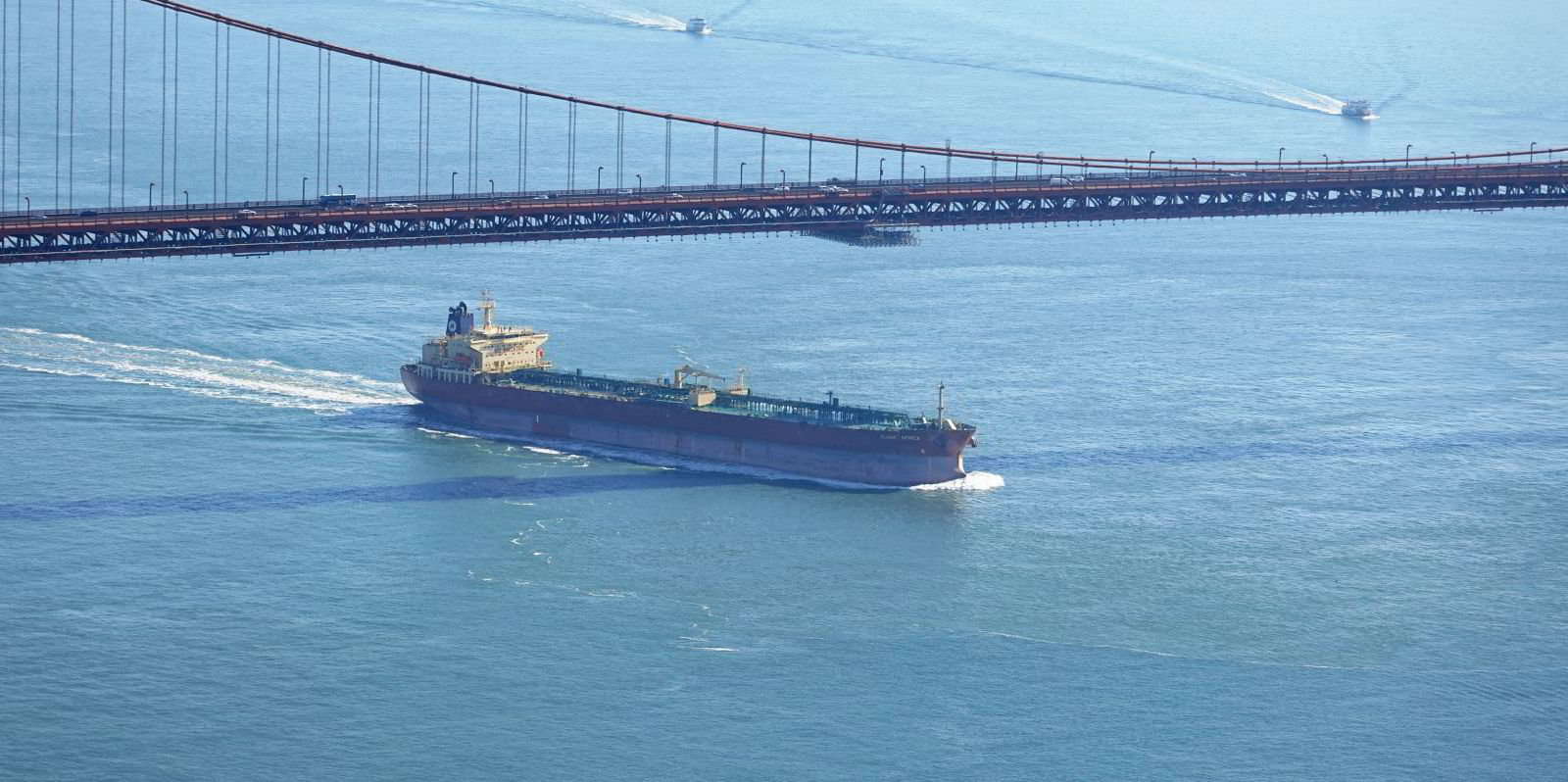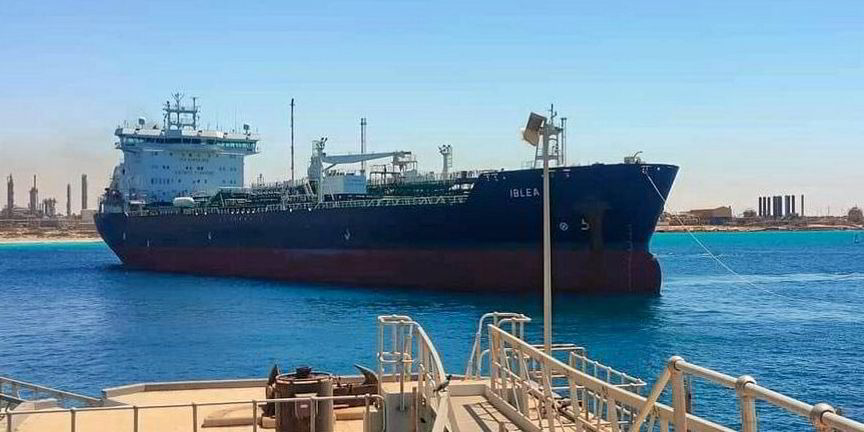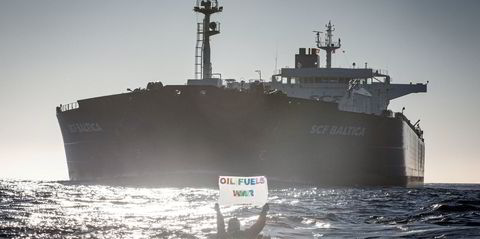Denmark’s Torm is unconcerned over reports of the phasing out of LR1 clean tankers from the world fleet.
The Copenhagen-listed owner has this year added seven such 75,000-dwt ships to its fleet in deals with Jo Tankers and Glencore shipping arm ST Shipping.
But brokers and analysts have been predicting the slow death of the ageing fleet, as operators prefer the economies of scale available by using bigger LR2s.
Jacob Meldgaard told TradeWinds: “Structurally over time they will disappear.”
But he does not see this happening during the lifetime of the vessels Torm has just bought.
“Within what I would call the useful life of our platform, I don’t expect that the LR1s will not be part of the solution,” the CEO said.
“Maybe if you talk a couple of decades out, it may be different. And if you ask me going forward, in two or three years if you have the option between an LR1 and an LR2, then I would not gravitate towards an LR1,” he added.
But Meldgaard said: “In the current environment I’m not nervous that they will not be suitable for the trades in their lifetime.”
Torm has just posted record earnings for 2022 and is paying out dividends of $212m for the fourth quarter alone.
“I’m actually proud. Of course, we have a strong market, but we are doing our best to maximise strategic value and of course day-to-day operations,” the CEO added.
Rate guidance for 2023 shows an improvement is likely on these earnings as shipping disruption continues from the Russian invasion of Ukraine.
But the owner is cautioning that forecasts are difficult due to continuing volatility.
“When you are in a high rate environment, what happens is small changes through the supply/demand dynamic lead to huge changes in the cost of freight,” the CEO told TradeWinds.
“We just have to get used to that,” he said.
Meldgaard explained that when rates were “relatively sluggish” in the past, say at $20,000 per day, it would have been absolutely unheard of for the market to go down $10,000 the following day.
“That would be a big drama,” the CEO added.
“Today we are seeing that freight rates can deteriorate from $60,000 down to $20,000, back up to $40,000 and then land at $35,000 within a week,” Meldgaard said. “You just need to be really nimble around that volatility.”
The Torm boss said he expects rates to remain high, but with peaks and troughs.
And the average will be at least the same as in 2022, he argued.





